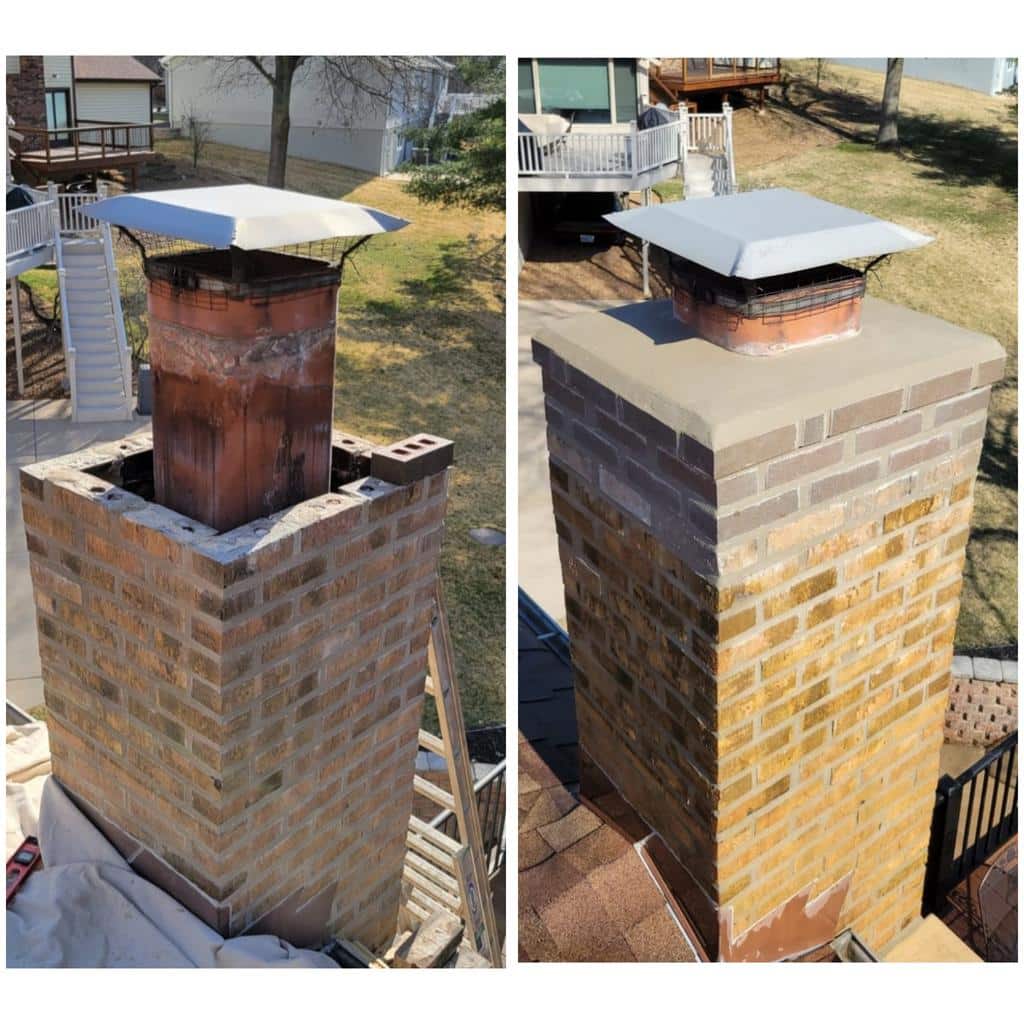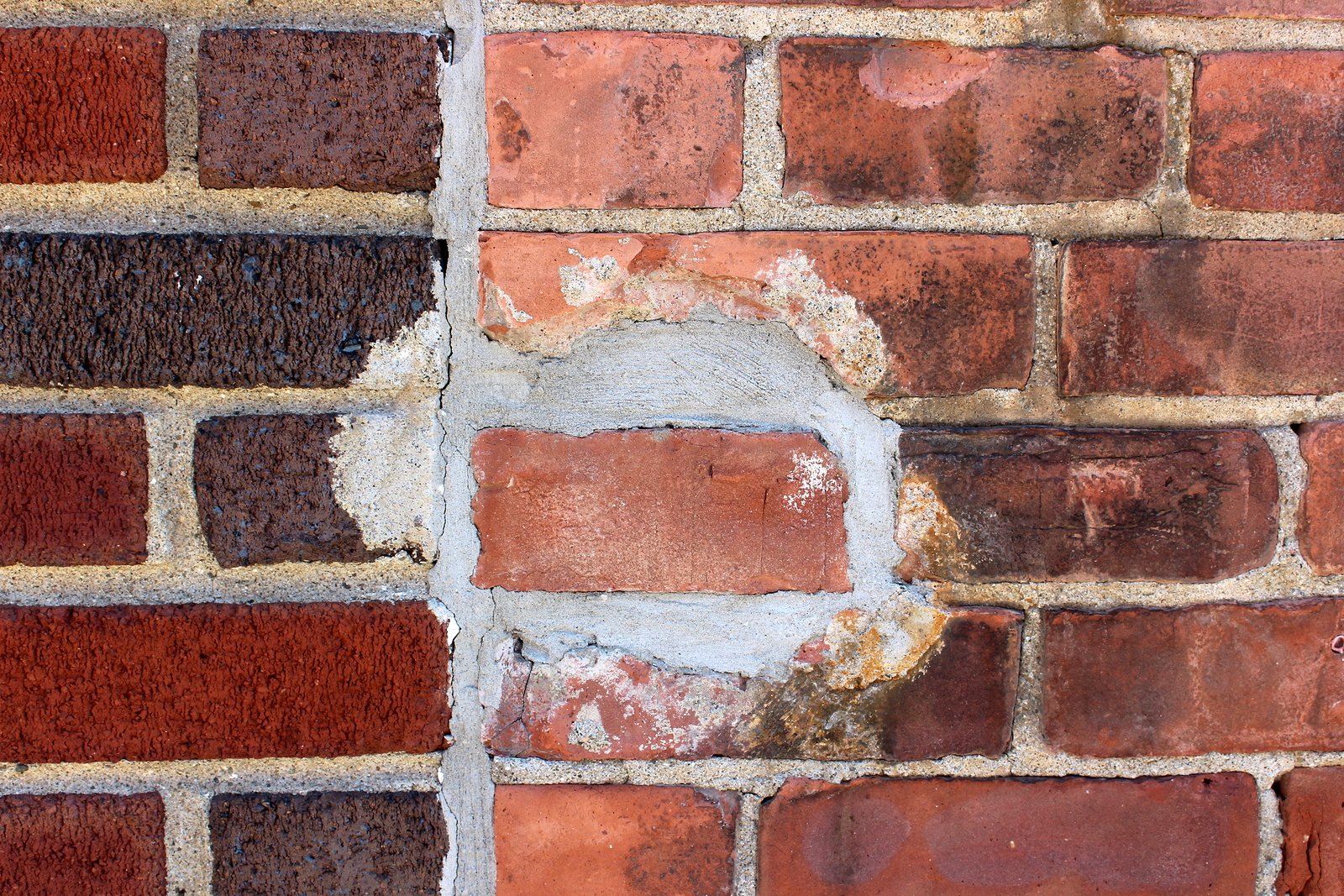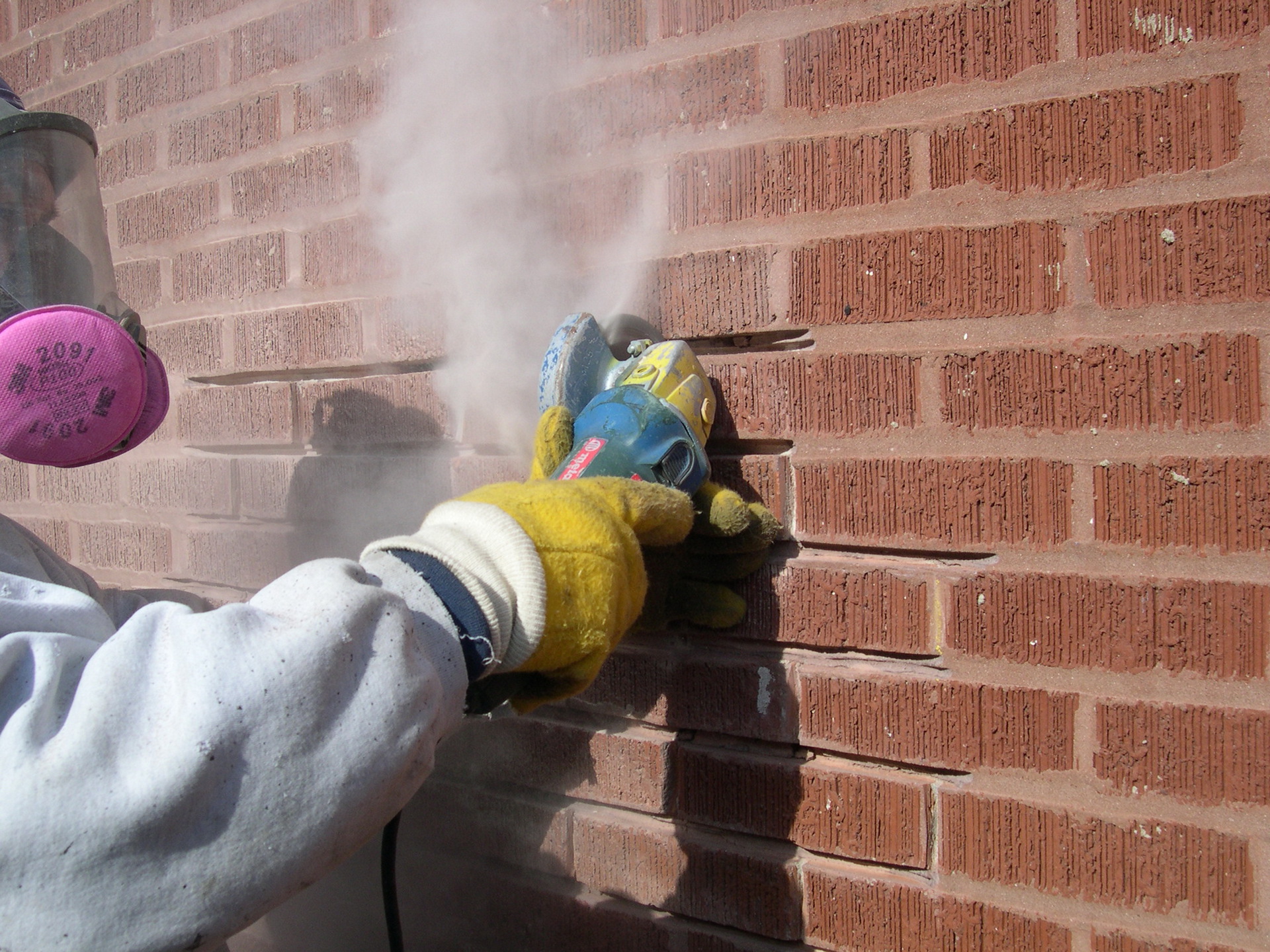Let loose the Prospective of Your Home with Raul's Tuckpointing St. Louis MO
Wiki Article
Boost the Beauty and Durability of Your Brickwork With Tuckpointing
Over time, the mortar that holds those bricks together can deteriorate, leaving your framework prone to damage and detracting from its aesthetic allure. Concern not, for there is a remedy that can bring back both the beauty and toughness of your brickwork: tuckpointing. In this conversation, we will explore the basics of tuckpointing, its advantages, the distinction in between tuckpointing and repointing, the procedure itself, and the crucial methods for keeping and caring for tuckpointed brickwork.The Fundamentals of Tuckpointing
Tuckpointing is a proficient method made use of to fix and improve the appearance and architectural stability of brickwork. It includes the procedure of eliminating scrubby mortar joints and changing them with fresh mortar. The term "tuckpointing" refers to the technique of using two different shades of mortar to develop the illusion of great joints, providing the brickwork a more refined and visually pleasing look.
The primary step in tuckpointing is to thoroughly assess the problem of the brickwork. This includes evaluating the mortar joints for indications of deterioration, such as breaking, collapsing, or missing out on mortar. When the issue areas have been identified, the old mortar is meticulously eliminated using specialized tools, such as a grinder or chisel, while guaranteeing that the bricks themselves continue to be intact.
After the old mortar has actually been eliminated, the following action is to prepare the joints for fresh mortar. This commonly involves cleaning out any kind of debris or loosened material and dampening the joints to make certain appropriate adhesion. An experienced tuckpointer makes use of an aiming trowel to thoroughly fill the joints with fresh mortar, making sure to develop a consistent and flush surface area.
Benefits of Tuckpointing
Improving both the long life and appearance of brickwork, tuckpointing offers numerous significant advantages for house owners and residential or commercial property owners alike. By replacing deteriorated mortar joints, tuckpointing prevents moisture from seeping into the brickwork, which can lead to architectural damages over time.An additional benefit of tuckpointing is its capacity to boost the aesthetic appeal of brick frameworks. Over time, mortar joints can become broken, discolored, or discolored, detracting from the total look of the brickwork. Tuckpointing involves carefully eliminating the damaged mortar and replacing it with fresh mortar of a contrasting shade. This method permits the creation of clean, crisp lines that give the impression of well-maintained brickwork. It can also be used to develop ornamental patterns or designs, further boosting the aesthetic charm of the framework (Raul's Tuckpointing St. Louis MO).
In addition to enhancing the long life and look of brickwork, tuckpointing can also enhance the worth of a residential or commercial property. Well-maintained brickwork is viewed as a preferable function by possible buyers and can significantly boost the curb appeal of a residential or commercial property. When the time comes to place the building on the market., this can lead to a greater selling cost and a quicker sale.
Tuckpointing Vs. Repointing: What's the Difference?

To compare tuckpointing and repointing, it is vital to recognize the crucial differences in between these 2 techniques of brickwork restoration. While both strategies intend to maintain the structural stability and visual appeal of brickwork, they vary in their approach and implementation.
Tuckpointing is a thorough process that entails using two various colors of mortar to develop the impression of fine joints. This technique is primarily used to boost the visual appeal of brickwork by producing the look of well-crafted see this here and well-kept joints. The tinted mortar is meticulously used and formed to match the color and profile of the original mortar, providing the impression of precision and craftsmanship.
On the other hand, repointing is an extra uncomplicated procedure that includes getting rid of broken or shabby mortar from the joints and changing it with fresh mortar. The primary objective of repointing is to restore the structural stability of the brickwork by making sure proper bonding and securing in between the bricks. Unlike tuckpointing, repointing does not involve using colored mortar or the development of a decorative effect.
The Refine of Tuckpointing
The application of two different shades of mortar to develop the impression of fine joints is a meticulous procedure known as tuckpointing. This strategy entails getting rid of scrubby mortar joints and changing them with new mortar to enhance the look and architectural stability of the brickwork. The process of tuckpointing can be divided into numerous actions.First, the old mortar is very carefully removed utilizing specialized devices such as blades and grinders. It is necessary to remove the mortar to an adequate depth to ensure a strong bond with the new mortar.
Next, the joints are thoroughly cleaned up to remove any kind of particles or dirt. This assists to create a clean surface area for the brand-new mortar to follow.
As soon as the joints are cleaned up, a slim layer of new mortar is put on the joint making use of a small directing trowel. This first layer, understood as the "punctuating" mortar, is typically the exact same shade as the existing mortar.
After the first layer has actually been used, a 2nd layer of mortar is used in addition to it. This 2nd layer, called the "fillet" mortar, is a various color and is very carefully formed to produce the illusion of a fine joint.

Preserving and Caring for Tuckpointed Brickwork
As soon as the tuckpointing procedure is finished, proper maintenance and treatment are important to maintain the boosted beauty and toughness of the brickwork. This maintenance not only guarantees that the tuckpointed areas continue to be useful and undamaged however also aids to avoid any kind of potential damage to the general framework.website link One of the vital facets of keeping tuckpointed brickwork is regular cleansing. This entails removing any kind of dirt, debris, or moss that may build up externally of the bricks. A low-pressure power or a soft brush washing machine can be used for this function. It is essential to prevent using any extreme chemicals or unpleasant devices that could possibly damage the mortar or the blocks themselves.
Along with cleansing, it is necessary to inspect the tuckpointed areas periodically. This enables the very early detection of any type of signs of degeneration or damage. Any type of cracks, loosened mortar, or indications of water damage ought to be attended to quickly to avoid Click This Link additional degeneration.
Moreover, guaranteeing proper water drainage around the brickwork is vital. Water pooling or inappropriate drain can bring about moisture infiltration, which can compromise the mortar and cause structural damages. Cleaning gutters and downspouts routinely and making sure that they are appropriately guided away from the brickwork can aid protect against these concerns.
Last but not least, it is recommended to speak with a specialist tuckpointing professional for regular repair and maintenance. Their expertise and experience can make sure that any necessary fixings are done appropriately, maintaining the integrity and longevity of the tuckpointed brickwork.
Verdict
In conclusion, tuckpointing is an important strategy for enhancing the beauty and toughness of brickwork. Tuckpointing entails the removal and substitute of scrubby mortar, resulting in a uniform and tidy look.
It includes the procedure of removing deteriorated mortar joints and replacing them with fresh mortar. Raul's Tuckpointing St. Louis MO.After the old mortar has been removed, the following action is to prepare the joints for fresh mortar. Tuckpointing involves meticulously getting rid of the damaged mortar and replacing it with fresh mortar of a contrasting shade. The colored mortar is thoroughly applied and formed to match the color and account of the initial mortar, offering the perception of precision and craftsmanship

Report this wiki page